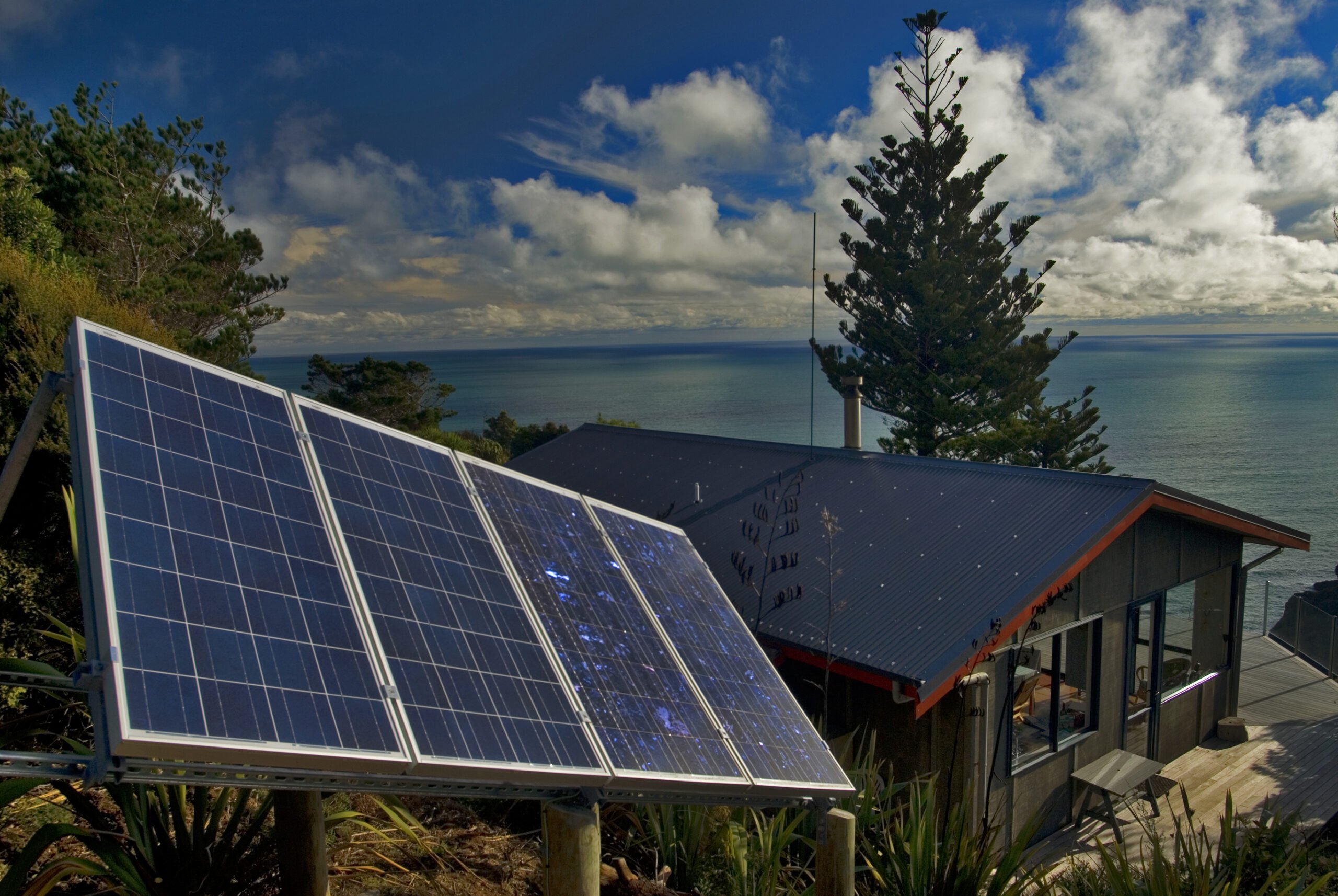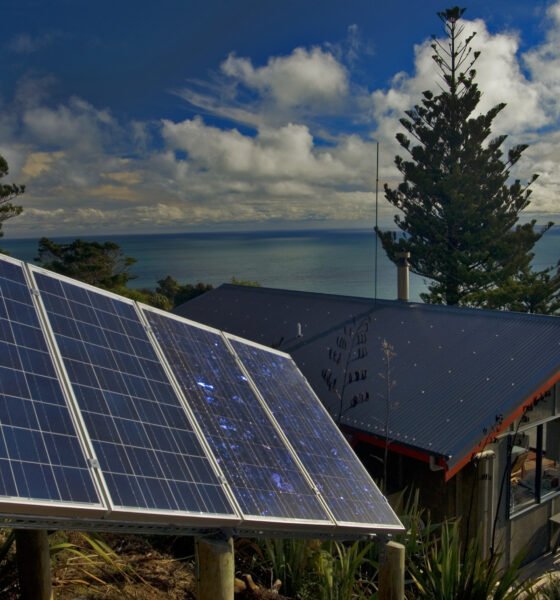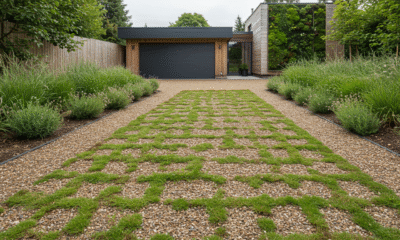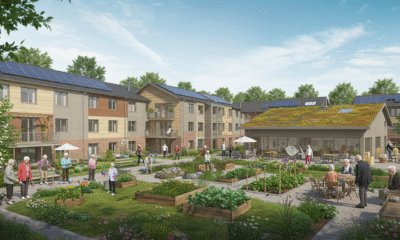

Features
10 Easy Ways To Make Your Home More Eco-Friendly
In the quest for a more sustainable lifestyle, transforming our homes into eco-friendly sanctuaries is a crucial step.
It could also make your home more appealing. According to Statista about 80 percent of first-time and 73 percent of second-time buyers were likely to consider a green home in the United Kingdom in 2022.
Making your home more eco-friendly not only contributes to the health of the planet but can also save you money in the long run. Here are ten practical ways to green your living space:
1. Switch to LED Lighting
LED bulbs are a simple yet effective change. Unlike incandescent bulbs, LEDs require a fraction of the electricity to produce the same amount of light, meaning you can illuminate your home as brightly as before while consuming less power. Additionally, their longer lifespan means you’ll be buying and disposing of fewer bulbs over time, reducing waste.
2. Invest in Energy-Efficient Appliances
When shopping for new appliances, look for the Energy Star label or other certifications indicating high efficiency. These appliances have been rigorously tested to ensure they consume less energy without sacrificing performance. While they may have a higher upfront cost, the savings on utility bills will more than makeup for it over the appliance’s life.
3. Use Low-VOC Paints
Traditional paints release low-level toxic emissions into the air for years after application, which can be harmful to health and the environment. Low-VOC or zero-VOC paints minimise these emissions, improving indoor air quality and reducing your environmental impact. They’re available in a wide range of colors and finishes, making them a practical choice for any home renovation project.
4. Adopt Solar Power
Solar panels convert sunlight into electricity, providing a renewable source of energy that can power your home. The initial investment can be significant, but many regions offer tax credits, rebates, or grants to offset the cost. Additionally, solar power can protect you from rising energy prices and may even allow you to sell excess electricity back to the grid.
5. Invest in Maintenance and Energy-Efficient Upgrades
Maintaining your home’s heating system is crucial for energy efficiency. When servicing your boiler, consider using eco-friendly spare boiler parts. These parts are designed to be more durable and efficient, helping to reduce your home’s energy consumption and carbon footprint. Regular maintenance not only ensures your boiler operates at peak efficiency but also extends its lifespan, reducing the need for replacements and contributing to a more sustainable home environment.
6. Collect Rainwater
By installing a rain barrel or a more complex water harvesting system, you can capture rainwater from your roof to use for watering your garden, landscaping, or even flushing toilets. This not only conserves potable water but also reduces your water bill and the strain on municipal water systems during dry periods.
7. Plant a Garden or Trees
Plants absorb carbon dioxide, which can help offset your household carbon emissions. Trees and shrubs provide shade and can cool your home naturally, reducing the need for air conditioning. A vegetable or herb garden can also reduce the carbon footprint associated with transporting food from farm to table.
8. Compost Organic Waste
Composting kitchen scraps and yard waste reduces methane emissions from landfills and provides you with nutrient-rich soil for your garden, eliminating the need for chemical fertilisers. Composting can be done on a small scale with a simple bin or pile and is a practical step towards a zero-waste lifestyle.
9. Use Smart Thermostats
Smart thermostats automate the heating and cooling of your home for optimum energy efficiency. They can learn your schedule and preferences, adjust the temperature accordingly and even allow you to control settings remotely. This technology ensures that you’re not wasting energy heating or cooling an empty home.
10. Reduce, Reuse, Recycle
Adopting a more mindful approach to consumption is key to an eco-friendly home. Reduce waste by choosing products with minimal packaging, reuse items whenever possible instead of throwing them away, and recycle according to your local guidelines. Consider repairing broken items, and when buying, choose durable goods that won’t need to be replaced frequently.
Protect Your Eco-Friendly Investment with Home Insurance
After making significant eco-friendly upgrades to your home, it’s crucial to ensure that your efforts are protected. Updating your home insurance policy to cover these new investments is a wise step. Eco-friendly features, such as solar panels and energy-efficient appliances, can increase the value of your home and may have specific insurance requirements or qualify for discounts.
By consulting with your insurance provider, you can tailor your coverage to include these eco-friendly improvements, ensuring that your green investments are adequately protected against unforeseen events.
Implementing these eco-friendly practices can make your home a more sustainable and healthier place for you and the planet. While some changes may require an initial investment, the long-term benefits for both the environment and your wallet are profound. Start with one or two changes and gradually incorporate more as you go, every little bit helps in making a big difference.































